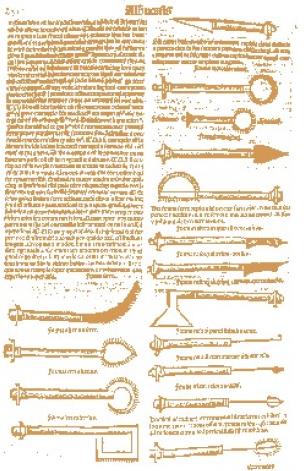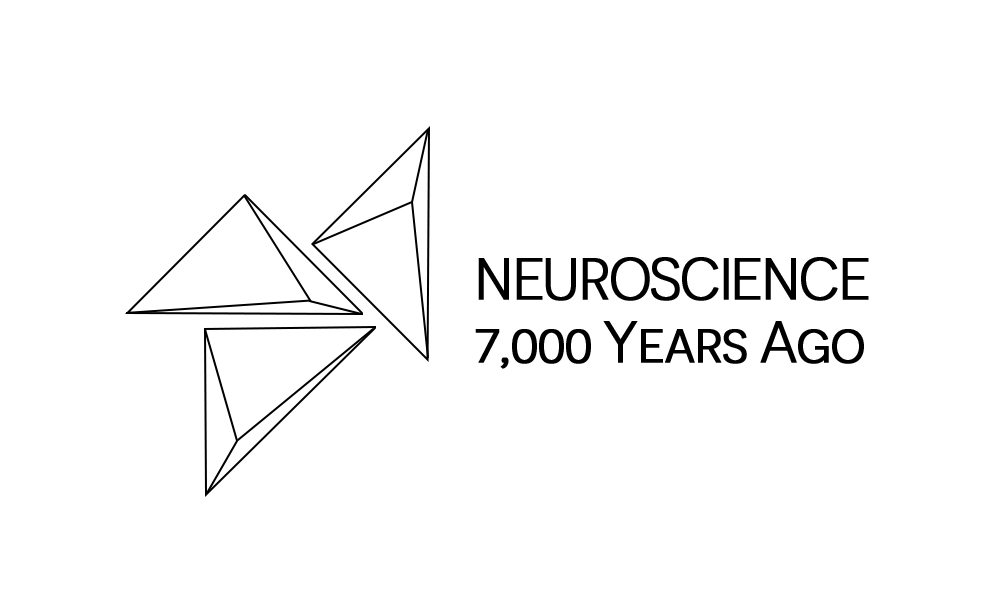
Practicing Neurosurgery in Ancient Arab Civilization
Medicine in the Ancient Arab times was full practice including all of the medical aspects we have today regarding diagnosis, investigations and different kinds of treatments.
Al-Zahrawi (Abulcasis) Was Considered the Father of Modern Surgery as he developed material and technical designs that are still used in neurosurgery today (Figure 1). He was born in Al-Zahra, a suburb of Cordova. During his era, neurosurgery in the Islamic world became a respected specialty practiced by reputable physicians. On the other hand, European surgery was belittled and practiced by barbers and butchers. This is why in AD 1163 the council of Tours declared the following resolution: “Surgery is to be abandoned by the schools of medicine and by all decent physicians.” Al-Zahrawi wrote about fracture of the skull: “The types of skull fractures are numerous, their shapes are different, and their causes are many.

For example, some skull fractures are due to a blow by a sword that splits the whole skull and reaches the dura, the same as the ax does to the wood, therefore it is called axial fracture.
Sometimes the sword does not split the skull completely, it is thus called incomplete axial fracture. Such a fracture can be small or big.
Another type is comminuted fracture, which can be due to a hit by a stone or a fall on a stone; and this fracture can reach the dura or only be limited to the outer part of the bone. This fracture can also be small or big.
A third type is the hairy type of skull fracture which is so tiny and linear like a hair.
A fourth type is the depressed fracture, which occurs due to a fall or a blow so the bone is depressed like a brass jar when hit by a blunt instrument. This usually happens when the bone is soft as children. The types of these fractures are diagnosed by examining the wound, removing the debris and contused pan of the scalp, exposing the skull, and feeling it by the spatulas. The hairy fracture is difficult to discover and can be diagnosed by exposing the skull, and smearing it with ink; the linear fracture thus appears stained.”
Al-Zahrawi also wrote about the treatment of skull fractures using special instruments (Figure 2): “If the patient shows serious signs such as high fever, repeated vomiting, exophthalmos, convulsions, and coma, do not touch him because he is probably going to die. Otherwise, treat him as follows:
- First shave the patient’s head.
- In comminuted depressed fractures, these pieces of bone should be removed as will be explained.
- If in the process of the patient’s examination or during surgery bleeding occurs, it can be controlled by pressure using towels soaked in alcohol and by wax.
- Then after control of the bleeding, the small pieces of bone are removed using special forceps. To remove the depressed fracture, first, make trephines -a hole saw used in surgery to remove a circle of tissue or bone- in the healthy bone around it.
- These trephine instruments should not penetrate beyond the skull into the soft tissues underneath, thus they are called non penetrating trephines. They have a rounded ring in their proximal end to prevent them from penetrating beyond certain depths. You should have a number of these trephines that can stop at different depths depending on the thickness of the skull.
- Connect the holes in the skull using special saws. First, use a fine small saw, then larger ones. These should be sharp and made of steel. Avoid cutting the dura by the trephine or saw.
- Once the depressed bone is freed, remove it gently, and then smoothen the edges of the skull by special instruments.
- Wash with alcohol and treat the wound with packs soaked with ointment.”

The Egyptian physician Ibn al-Nafis performed the earliest-known dissections on the human brain. Moreover, he corrected some of the incorrect theories of Galen and Avicenna on brain anatomy.







I really like and appreciate your article post. Much thanks again. Cool. Manon Rogerio Germann